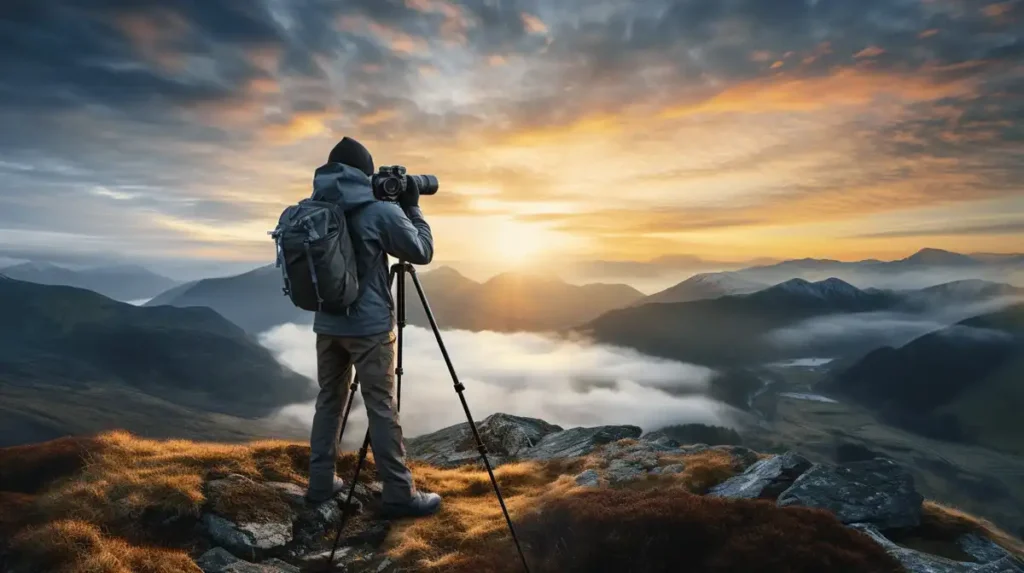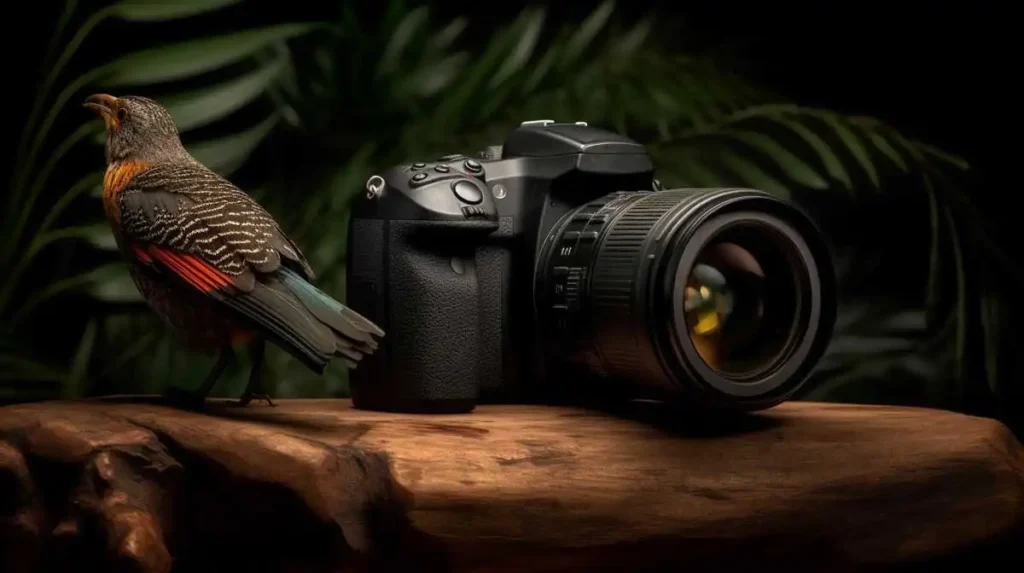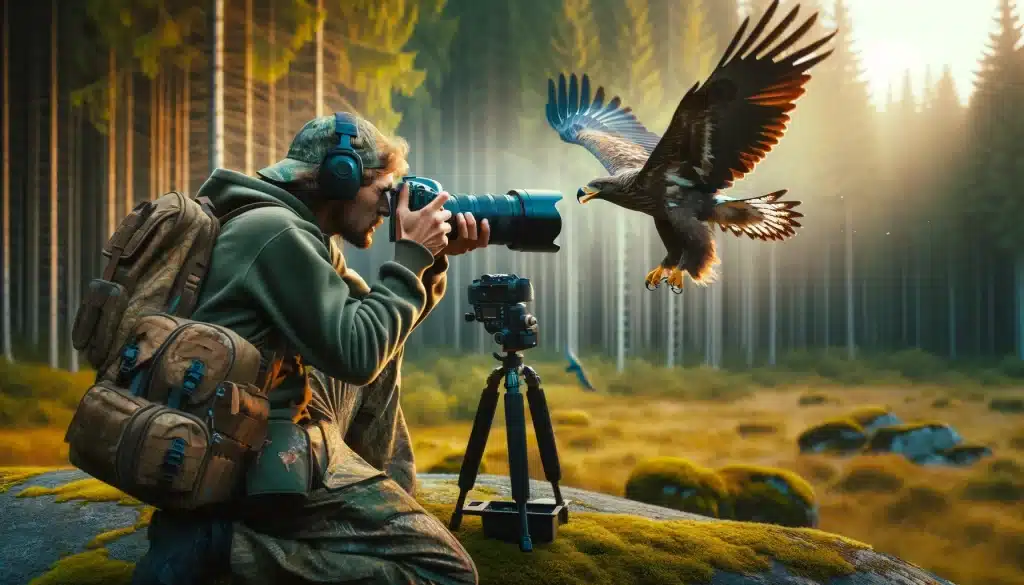Table of Contents
Capturing breathtaking landscapes or nailing dynamic wildlife shots demands more than just skill. The right camera can elevate your craft, bringing your vision to life. From sharp details to weatherproof builds, having the best gear ensures you’re up for any challenge. Here’s your guide to finding the best camera for landscape and wildlife photography in 2025.
Key Features to Look for in a Camera for Landscape and Wildlife Photography
Different photography genres require specific functionalities. Whether you’re chasing elusive wildlife or golden hour landscapes, certain camera features can make or break your results.
Sensor Size and Resolution
Sensor size influences image depth, detail, and low-light performance. Full-frame sensors are favorites for landscapes due to their expanded dynamic range and detail, while APS-C sensors shine for wildlife because of their crop factor. Additionally, high resolution ensures crisp images, perfect for enlargements.
ISO Performance
ISO performance is another crucial factor to weigh in on. Cameras with excellent high-ISO capabilities allow photographers to shoot in challenging conditions, such as during dawn or dusk or in shaded areas, without introducing excessive noise into images. This quality is essential for landscape photography and for capturing wildlife, which often becomes more active in low-light environments.
Autofocus and Burst Shooting
Wildlife photography is fast-paced. Your camera must capture split-second moments, making a reliable autofocus system indispensable. Pair this with a high burst rate, and you can shoot swift, continuous frames without missing any action.
Weather Sealing and Durability
Outdoor photography often tests your gear against tough conditions. Whether it’s a sudden downpour or a desert’s heat, cameras designed with robust builds and weather sealing will endure rough environments.
Lens Compatibility and Versatility
Interchangeable lens systems open up endless possibilities. A telephoto lens excels for wildlife, while wide-angle lenses give you the power to capture expansive landscapes. For more insight into how dynamic range impacts your shots, check out Dynamic Range in Photography Explained.
Best Cameras for Landscape Photography in 2025

Here are our top picks for landscape enthusiasts who prioritize exceptional detail and dynamic range.
Sony A7R V
Known for its ultra-high resolution, the Sony A7R V delivers 61MP full-frame images that are rich in detail. Its advanced dynamic range is perfect for landscapes, even in challenging lighting conditions. Despite its power, the lightweight design makes it ideal for travel photographers.
Fujifilm X-T5
The Fujifilm X-T5 combines portability with color science that’s unmatched. Featuring a 40MP APS-C sensor, it’s a favorite for those who prioritize vibrant tones. It’s also equipped with impressive film simulation modes, mimicking classic film aesthetics.
Nikon Z9
The Nikon Z9 boasts a robust 45.7 MP full-frame sensor and is built for durability in challenging environments. With its advanced eye-tracking autofocus and 120 fps burst rate, this camera excels in capturing not only landscapes but also wildlife in action, making it a top choice for nature enthusiasts.
Panasonic Lumix S1R
This full-frame mirrorless camera is perfect for high-resolution landscape shots, boasting a 47.3 MP sensor. The high dynamic range and excellent low-light performance are notable strengths. Its rugged build is designed for outdoor use, providing peace of mind during expeditions.
GoPro HERO 10 Black
For those looking for action and adventure, the HERO 10 presents unique capabilities with its 23 MP sensor and 5.3K video recording. Its compact design and waterproofing are ideal for capturing landscape experiences from unconventional angles.
Best Cameras for Wildlife Photography in 2025

Capturing wildlife requires speed, precision, and dependability. These models shine in such demanding scenarios.
Canon EOS R5
This mirrorless camera is revered for its 45 MP sensor, allowing for stunning detail in both landscapes and wildlife shots. Its impressive autofocus system and 20 fps continuous shooting speed make it perfect for fast-moving subjects. The dual memory card slots enhance storage options, which is essential for photographers who venture into remote locations.
Nikon D500
Time-tested and reliable, the Nikon D500 is a professional-grade APS-C camera. It’s fast autofocus and durable build makes it a perfect choice for wildlife photographers venturing into challenging terrains.
Sony Alpha 1
A powerhouse in speed, the Sony Alpha 1 boasts 30 fps burst capability. Combine this with its high resolution, and you’ve got a camera suited to fast-moving subjects, ensuring no moment is missed.
Canon EOS R3
The Canon EOS R3 introduces eye-control autofocus technology, allowing seamless subject tracking. Built for durability, it performs flawlessly even in harsh wildlife environments.
Olympus OM-D E-M1 Mark III
A mirrorless Micro Four Thirds camera, the E-M1 Mark III is lightweight and offers a 20 MP sensor. Its weather-sealed body and extensive range of features make it an excellent option for wildlife photography, especially in unpredictable environments.
Tips for Choosing the Right Camera for Your Needs

Picking the ideal camera largely depends on your specific photography goals and budget constraints.
Budget Considerations
If you’re just starting, investing in mid-range models like the Fujifilm X-T5 or Nikon D500 can save you money without sacrificing key features. On the other hand, professionals might prefer high-end options like the Sony Alpha 1 or Canon EOS R5 for their advanced specs.
Portability and Weight
Traveling photographers often need gear that’s easy to carry. For landscapes, the Sony A7R V and Fujifilm X-T5 offer lightweight builds without compromising performance.
Future-Proofing Your Camera Investment
With technology advancing rapidly, consider features like 8K video, advanced AI autofocus, and firmware upgrades to keep your camera relevant for years to come.
Conclusion
Choosing the right camera for landscape and wildlife photography can transform your photographic experience, aligning perfectly with your artistic vision. Whether you’re leaning toward landscape-focused models like the Sony A7R V or wildlife-specific picks like the Canon EOS R3, the right gear can make every shot count. For more ideas and gear reviews, explore our comprehensive guides on Dynamic Range in Photography Explained.
Also Read:

